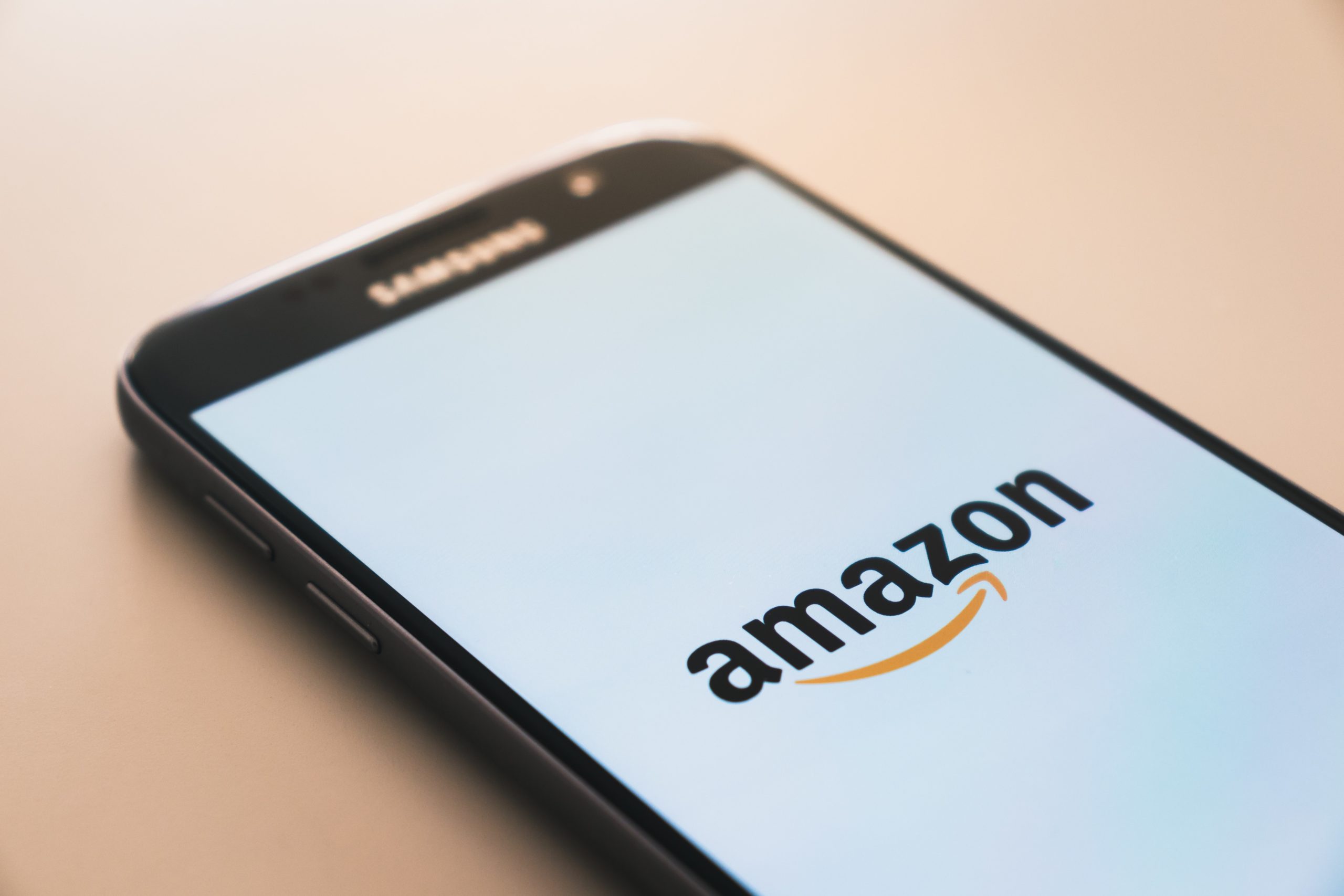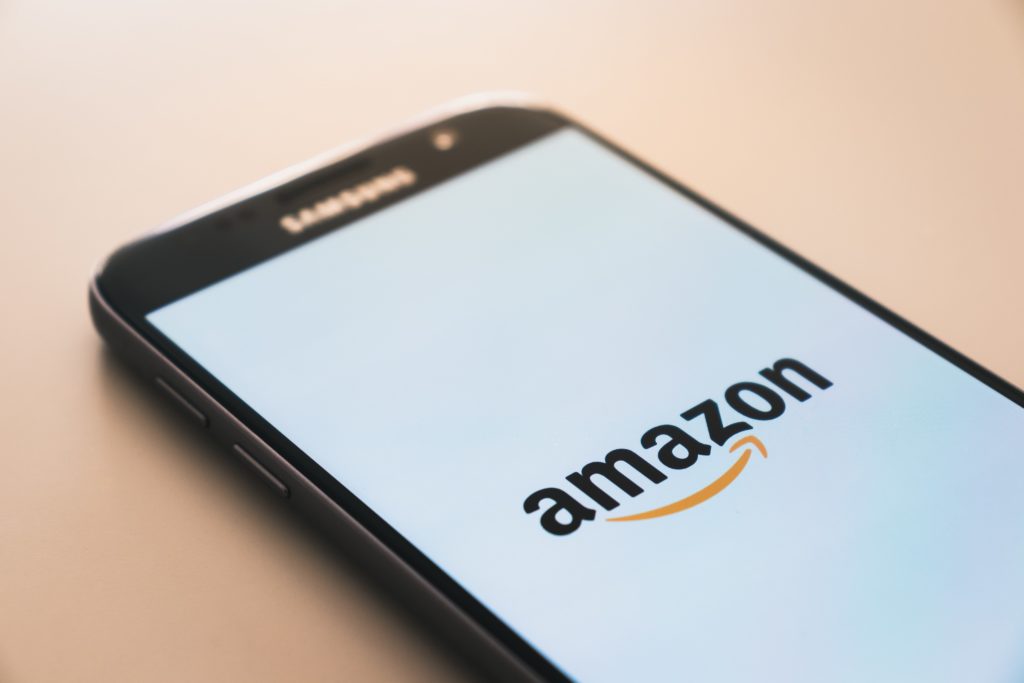How Third-Party Sellers Are Ruining Your Reputation On Amazon

With ~60% of consumers beginning their shopping research on Amazon, presenting a strong brand image is paramount. Third-party sellers can throw a wrench in the system by creating poor-quality listings that frame brands in a bad light. Read more about how managing third-party sellers can protect and elevate your online brand image.
The holiday season is almost upon us, bringing with it the increased product search volume and purchase intent that brands know to expect in Q4. As most online shopping searches now start on Amazon.com, even brands who don’t actively sell on the platform should make sure their products are well represented. Amazon.com is a massive marketplace, and consumers are accustomed to being able to find anything they need there. Although many brands actively manage their own Amazon listings, some do not, leaving the door open for third-party sellers to take greater creative control of product listings.

Let’s start with the basics: Who are third-party sellers?
Third-party sellers on Amazon are brands, manufacturers, or average people who sell items on Amazon, passing a percentage of the proceeds back to Amazon as “selling fees.” They may not be brand owners; some are brick-and-mortar retailers or distributors looking to increase their online sales. Others are individuals that resell items on the platform (retail arbitrage) to make a profit. These “re-sellers” often have hundreds of listings across many different product lines and, therefore, often put little effort into creating high-quality, brand-safe listings, which can impact the consumer experience. Here are a few ways these sellers could be hurting your brand.
Listing quality
Customers associate Amazon with a painless, easy-to-use shopping experience. They want to quickly find what they are looking for, make an informed shopping decision, and receive a quality product. When brands leave listing creation and management to outside parties, they run the risk of having their products misrepresented. For example, a product could be marketed as having certain certifications that it may not actually have or be described as new when, in fact, it is a discontinued item. The listing could simply be bare and lacking content. If a consumer was thinking about purchasing in-store or through your website, a bare listing could instill doubt in the quality of the product.
How to fix it:
First things first: Get your brand registered! The Amazon brand registry is free to register with and protects your brand and trademark, even if you don’t sell on the platform. Signing up for the brand registry is a best practice for any brand in the CPG space. In addition, brand registration is required to set up brand “gating.” Gating your brand will help ensure only authorized sellers are able to create listings for products in your brand. People buying your products through traditional retail, like at a big box store, won’t have the documentation needed to be able to create listings for your products.
Second, if third parties have already created listings for your products, ensure Amazon associates them with your registered brand. If these listings don’t already exist, create them! If desired, it’s possible to set your inventory to “zero” to rule out sales. Being the first to create the listings will help mitigate unauthorized listing creation and could help prevent future headaches. Either way, work to update the content on those listings to ensure consumers see your brand’s best side.
Listing duplication
In other cases, there may be product duplication occurring on Amazon. This can occur when third parties create listings for existing products using fake or incorrect UPC codes. Duplicate listings can make legitimate listings harder to find in the search results and cause other ill effects, such as consumer fear that they may be purchasing illegitimate products. Ultimately, if a search for a product results in multiple listings for the same item, then you may be hurting your sales and your image.
How to fix it:
Brands can leverage the Amazon brand registry to find or flag duplicate listings for Amazon to review. Brands can do this themselves, but it can be very time consuming, especially for brands with large catalogs. An agency, like Collective Measures, can help facilitate seller-mitigation and navigate Amazon’s complexity to address these issues at scale.
Customer experience
Reviews are KING on Amazon, and with consumers using Amazon as a research tool, negative reviews can affect sales on brand websites as well. For example, a customer could buy a product from a third party who ships products themselves (bypassing Amazon’s fulfillment services). Shipping issues could cause the product to be delivered late or broken, and the customer then leaves a poor review on the product. This poor review affects consumer perception not just of the seller who made the sale, but of the product overall, regardless of seller.
How to fix it:
The reality is you can’t remove most Amazon reviews, but you can try to prevent the negative ones from occurring:
- Selling your own products on Amazon can help ensure that YOU control the customer experience as often as possible
- Flagging counterfeit or illegitimate sellers using the brand registry can also help prevent consumers from purchasing from shady sellers
- If you do sell on Amazon, leveraging a review solicitation tool such as FeedbackFive can help encourage customers to reach out to you for help before they leave a negative review
What this means for marketers
At the end of the day, if a product is popular enough, someone will probably try to sell it on Amazon. With the holiday shopping season upon us, now is a great time to ensure your brand is well represented everywhere consumers are shopping. There are several steps brands can take now to protect both their products and their brand image going forward.
- Join the Amazon brand registry, even if you don’t sell on Amazon
- Getting brand registered offers many tools, including the ability to “gate” your brand, which can help prevent unauthorized reselling of your products
- Create listings for your products if they don’t exist, or associate existing listings with your registered brand
- You don’t need to sell on Amazon, but creating the listings first can help prevent third parties from going rogue and creating poor quality listings themselves
- Remove duplicate listings
- Leverage the Amazon brand registry to merge duplicate listings into your own product pages
- Use an agency or brand protection service, like POTOO, to proactively flag and, if possible, remove unauthorized merchants
- Prevent negative reviews when possible
- Ensure listings have accurate information so customers know what they are buying
- Leverage a review solicitation tool, such as FeedbackFive, to address customer concerns or problems before they become negative reviews



